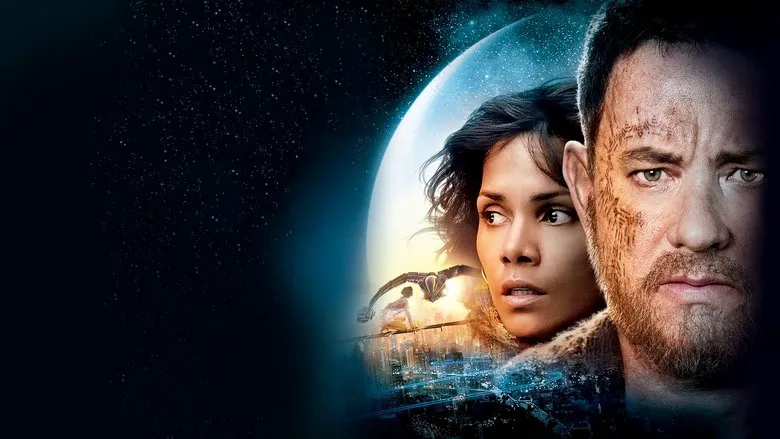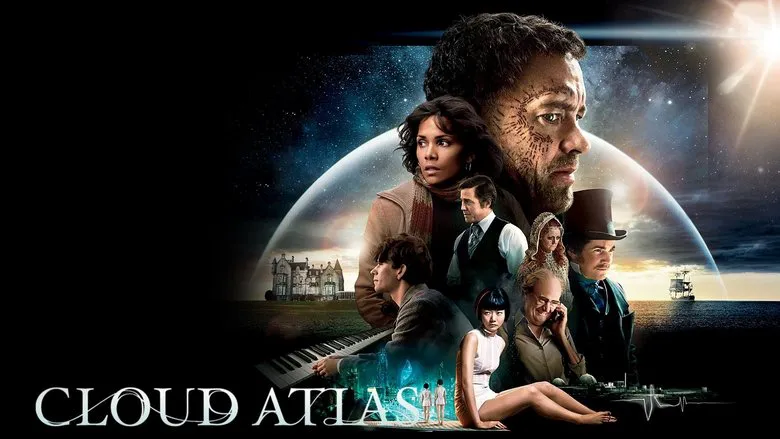Cloud Atlas: A Kaleidoscope of Incarnations and Destinies
In a twist of fate, American notary Adam Ewing saves the life of a native Autua, narrowly escaping the clutches of the treacherous Dr. Henry Goose. This pivotal moment ignites a centuries-spanning cycle, where individuals bearing Ewing’s distinctive comet-shaped birthmark will compose groundbreaking music, bring about global destruction, and ultimately rebuild the world anew.

However, this is just one interpretation of the intricate narrative that unfolds on screen for nearly three hours. The six interconnected stories, adapted from David Mitchell’s acclaimed novel of the same name, suggest that any of them could serve as an entry point into a labyrinth of reincarnations – or perhaps mere coincidences? The film deliberately avoids providing a definitive answer. The directorial trio masterfully translates this complex, postmodern literary work onto the screen. The film’s editor deserves an Oscar for their exceptional work, as it’s unlikely that anything so formally perfect will be created anytime soon. “Cloud Atlas” is a cinematic kaleidoscope, where the same actors seamlessly transition between roles and eras every few minutes, undergoing complete transformations (a whitened Halle Berry is just the beginning). The genres also shift, drawing inspiration from literary styles ranging from Evelyn Waugh’s old-world dramas to William Gibson’s cyberpunk visions.

“Cloud Atlas” marks the debut film from the newly formed “Starship Wachowski.” This is the moniker adopted by the sibling duo after Larry’s transition into Lana.
After being rejected by all major film studios, the project became the most expensive independent film in history, with a budget of approximately $100 million.
A Divisive Revelation
The closer the plot moves towards its resolution, the more captivating it becomes, hinting at a grand revelation befitting its scale. This is where the audience will inevitably divide into those who adore it and those who despise it. Unexpectedly, Tykwer and the Wachowskis resolve their ambitious narrative in a manner reminiscent of the uplifting works of Oscar-winning director Alejandro González Iñárritu: everything is interconnected, we have all met before, and we journey hand-in-hand through time and across distances. While this idea isn’t inherently flawed, the filmmakers begin to emphasize it too heavily in the final act, eliciting catharsis in some and irritation in others. Which reaction is more valid is up to each individual to decide – after all, not everyone should be bothered by the thought of having been Tom Hanks in a past life. However, one fact remains undeniable. The meticulously crafted world ultimately reveals itself as a high-tech Disneyland, where getting lost is impossible and where one can only follow the path laid out by its creators.
Any deviations from this path risk minor but frustrating setbacks – behind the seemingly authentic wall of post-apocalyptic jungle, one might easily find a cozy, yet ordinary, makeup trailer.